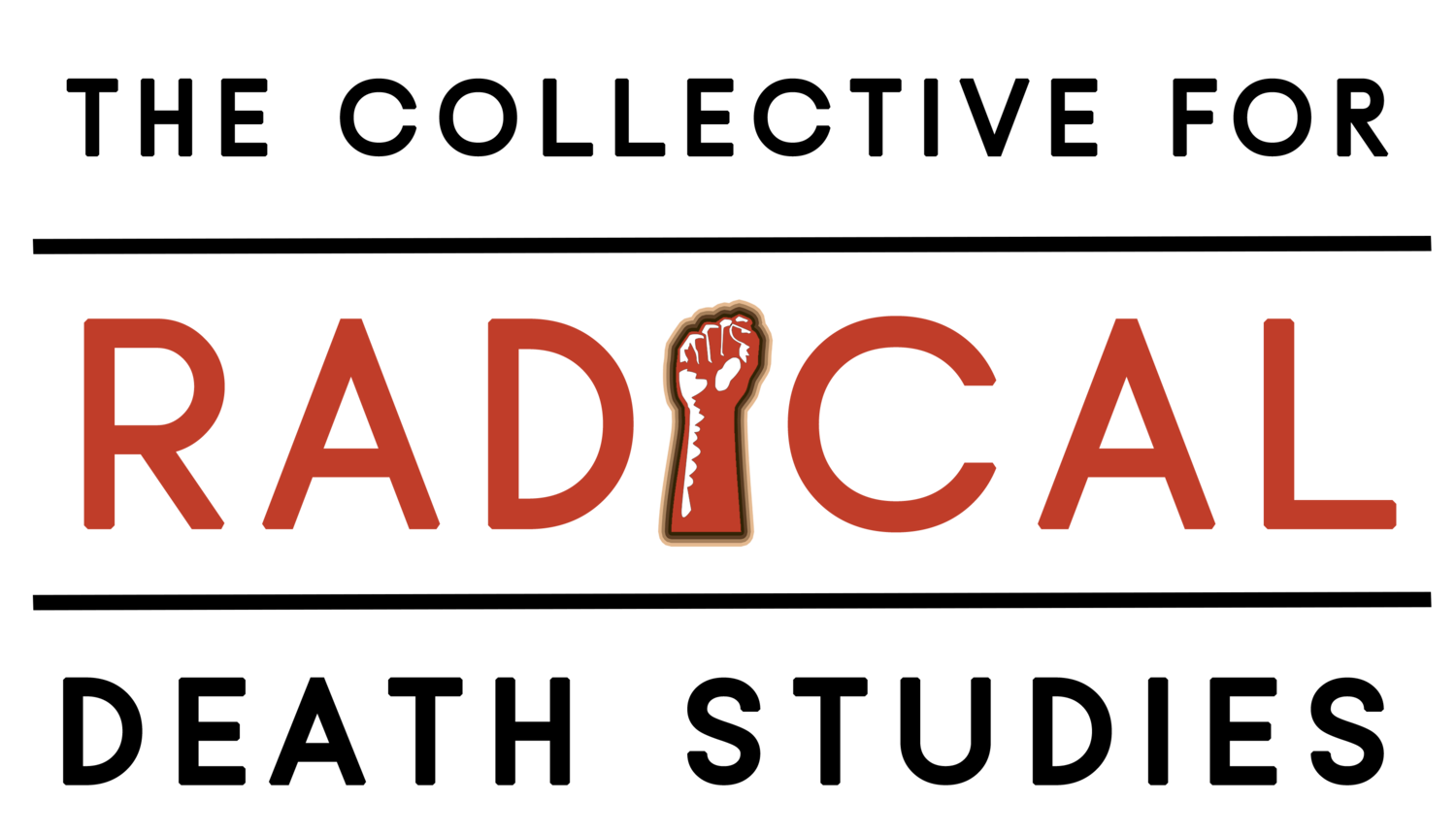NAGPRA in the Digital Age
Daniel W. Everton | January 29, 2024
For decades, the field of anthropology has caused irreparable harm to Indigenous communities. From exotification to grave robbing and supporting racialized or eugenic pseudoscience, the list of unethical and criminal behavior among anthropologists is a long one. Remains of Indigenous ancestors, kept away from their homelands and final resting places, are held in repositories and collections across the country. This is not limited to museums and archives, which are the largest perpetrators. There are many documented cases of individual “treasure hunters” or “hobbyists” that have private, undocumented collections as well.
The American Anthropological Association (AAA) has issued formal apologies, but the fact remains that the legacy of grave robbing is embedded in universities, museums, and personal collections. Even though it has been thirty years since the passing of the Native American Graves Protection and Regulation Act (NAGPRA), institutions have been reluctant to participate, as shown by ProPublica's recent investigation. Additionally, despite recent updates to NAGPRA, the act has—as have many other US laws—failed to consider the digital realm.
As an archaeologist and digital specialist, I focus on the effects of digital collections and depictions of the dead. In the boom of digitizing collections, museums and other institutions have not considered the ethics of photographing sacred burial goods and ancestors. Since my youth, I have watched government, grant, and institutional pushes toward digitization skyrocket. New job descriptions and certifications for this work are growing alongside ever-changing and advancing technology. Popular video games like the Assassin’s Creed franchise utilize digital archaeological data, such as photogrammetry and Reflectance Transformation Imaging (RTI), to create game worlds. In witnessing this boom, I cannot help but think back on the words of Ian Malcolm from Jurassic Park, “your scientists were so preoccupied with whether they could, they didn't stop to think if they should.”
The “should” in this situation is about images and other digital data related to burial goods and Indigenous ancestors. Beyond the possible taboo of taking images or photogrammetry of burial objects, having them on display in a digital repository, which is available to the public is, arguably, the same as displaying the physical objects and remains in a public gallery. Beyond the official capacity of an institution, there is also the issue of people interacting with materials. Elizabeth Weiss, an outspoken opponent of repatriating ancestors, for example, posted a photo of herself holding a skull on Twitter. Many were outraged, and San José State University, where Weiss was employed, reevaluated their policies as a result. They subsequently created an image policy for human remains, but Weiss—unsurprisingly—vocalized her dissent on this decision.
Since then, other institutions have perhaps realized their lack of image policies related to human remains, and they have quickly worked to catch up. Perhaps the most comprehensive and equitable policy, however, comes from the University of Tennessee, Knoxville, where a 2020 policy states: “In order to use, publish or create images of such ancestral remains or items housed at UTK, researchers must go through the appropriate tribal approval process.”
Why did I bring up publishing when talking about digital collections just moments ago? While a museum or university may have repatriated an item and removed images from their repositories, images would still exist in the works created by academics. These papers, conference proceedings, or other research outputs live in digital repositories as well. This part about publishing is vital as I, and many other colleagues, believe this acknowledges that the image rights and copyright should belong to their respective Nations. Scholarly publishing groups like Southeastern Archaeology voted to uphold a new image policy that will not publish Indigenous sacred objects or ancestors’ remains. Though there are vocal opponents to this move, the anarchist archaeological group Black Trowel Collective issued a statement of support and a reminder that this policy does not damage the work of archaeologists and researchers.
There is, of course, more work to be done. NAGPRA compliance still relies on institutions and individuals to make the effort, and I hope to see more institutions acknowledging that something from the image to the XML data for burial objects and remains of ancestors should fall under NAGPRA compliance. I also urge archaeologists and researchers to pause and critically reflect on why they are thinking of the “could,” and shift their focus to the “should.”
Learn More
To find ways to help or to learn more about NAGPRA, visit:
About the Author
Daniel W. Everton is an archaeologist, historian, and artist from New Bedford, Massachusetts. He is currently an MA Candidate in Public Humanities at Brown University and is also the Operations Manager for Digital Commonwealth, the statewide collaboration with institutions in Massachusetts to provide digitization and public access to digital collections. His research examines the intersection of death, material culture, the archive, and cultural heritage. His upcoming thesis, which is a podcast, is titled How We Remember: Looking at Death and Cultural Heritage and will be released in Spring 2024.
